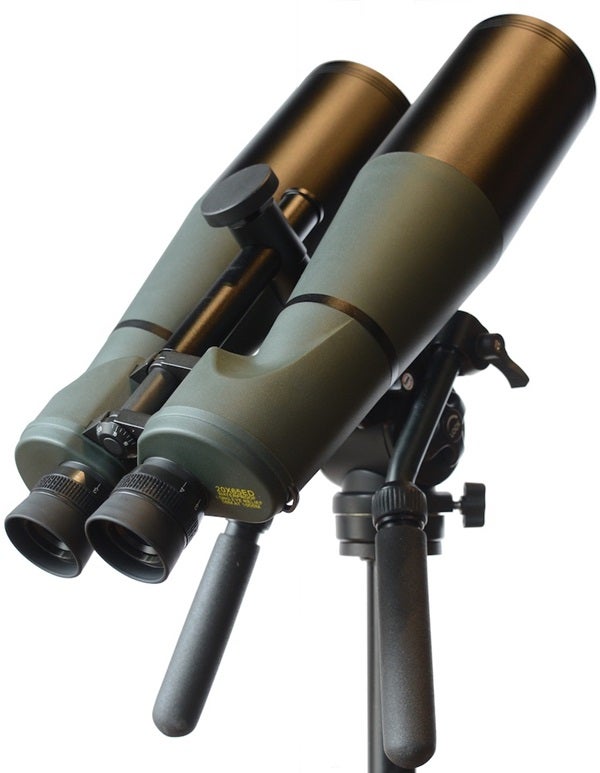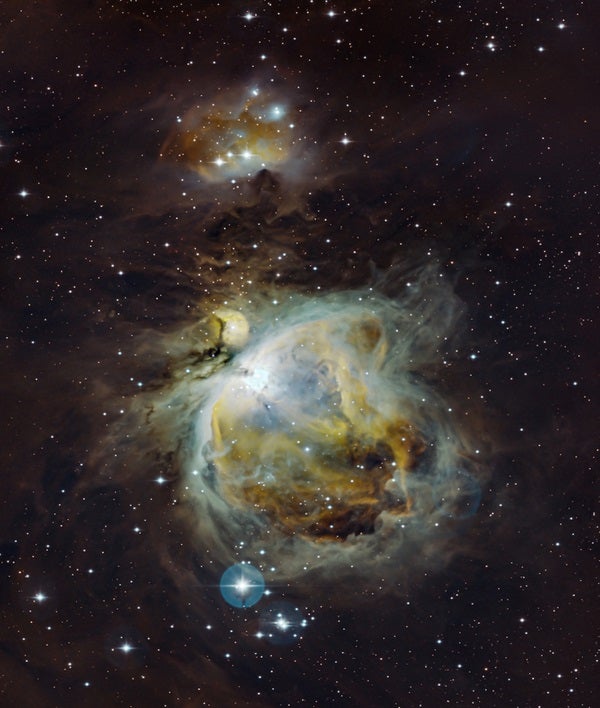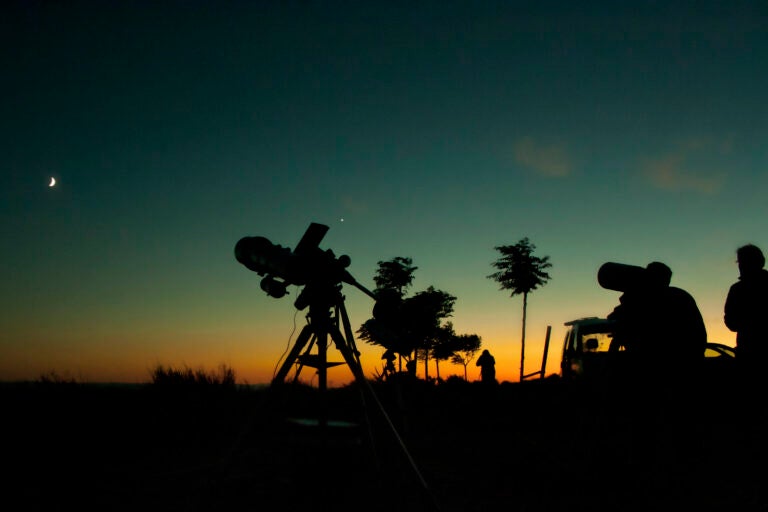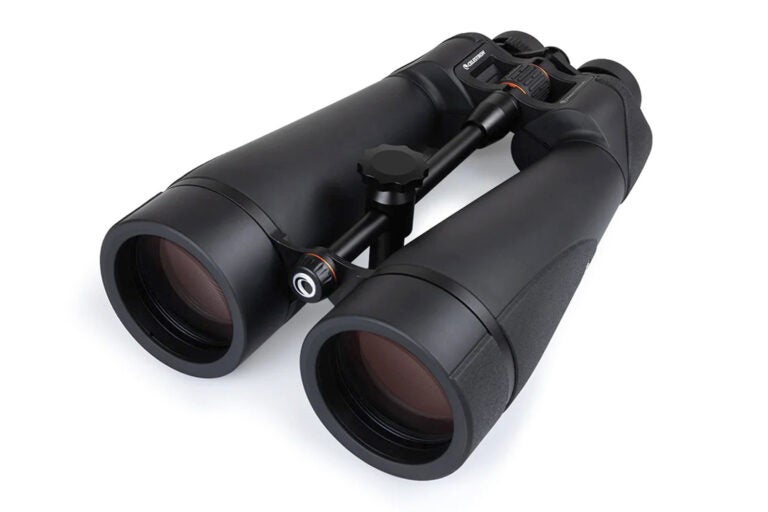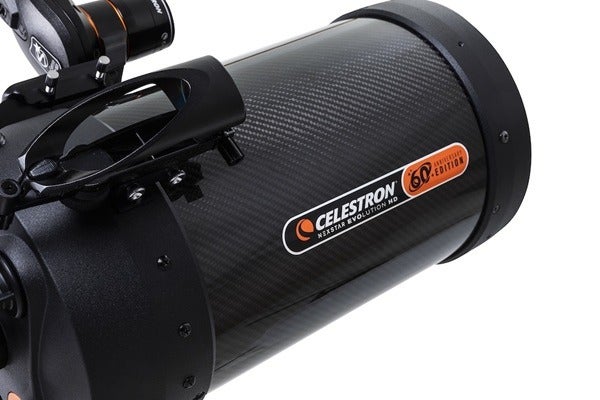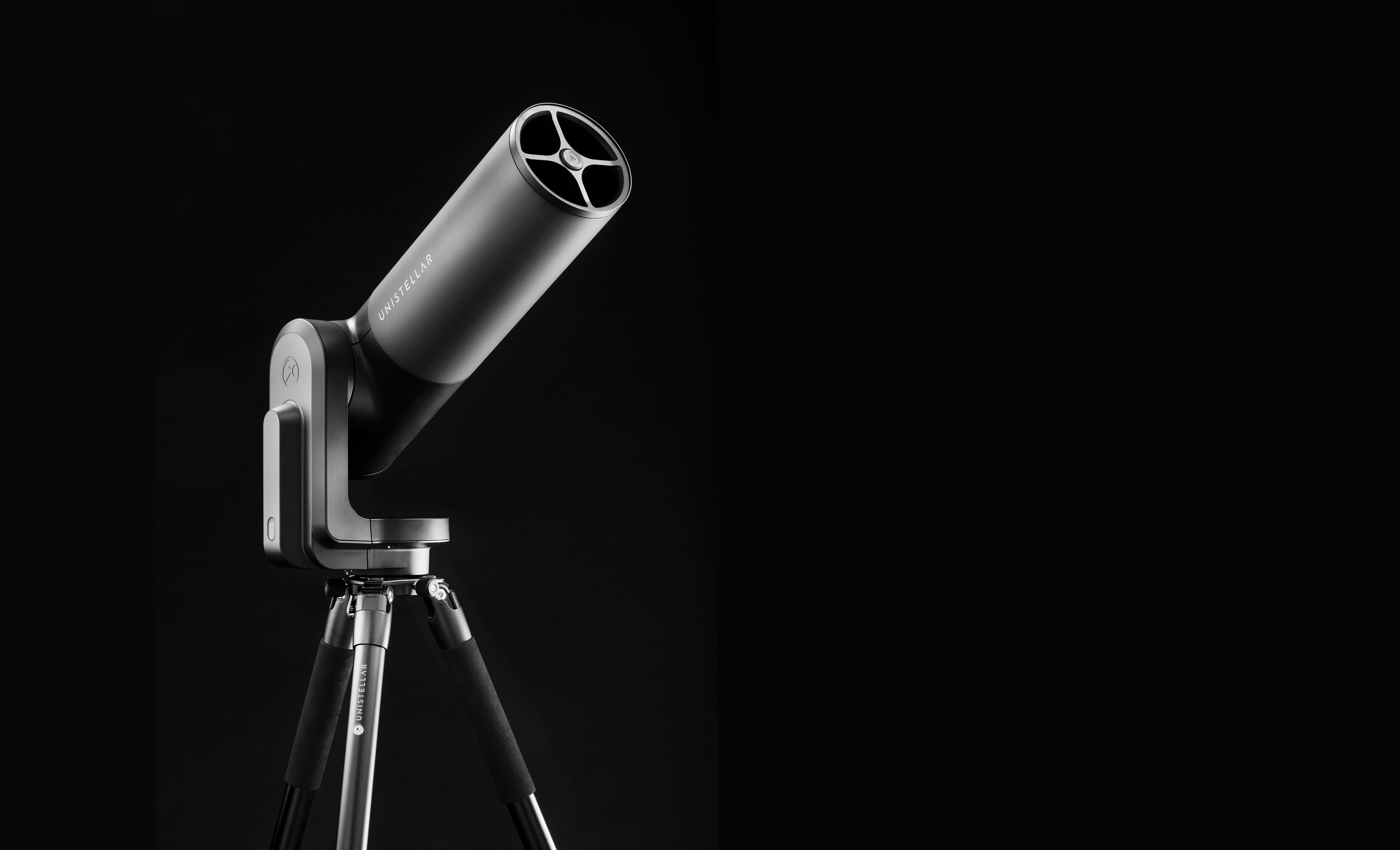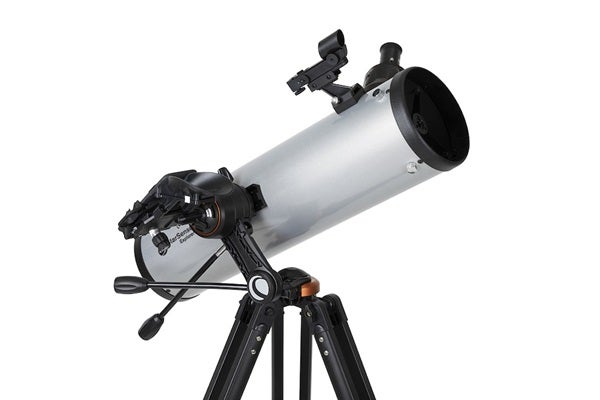Those readers familiar with my Binocular Universe column may recall my monthly sign-off line, “Two eyes are better than one.” That’s not just a cliché; that’s my mantra. Ever since I became interested in astronomy, binoculars have been by my side. While I have owned many telescopes over the decades, binoculars have remained an important part of my equipment arsenal.
That’s why I was especially excited to review Oberwerk’s 20×65 ED Deluxe binoculars. Oberwerk, German for “above work,” broke onto the scene in 1999 as a small online retailer founded by Kevin Busarow. More than two decades later, Oberwerk continues to market quality binoculars for every budget.
Breaking them down
The 20×65 ED Deluxe binoculars, introduced about three years ago, are built around a unique combination of 65mm-diameter objective lenses and 20x magnification. Most 20x binoculars come with 80mm objectives, although a few have 70mm and even 60mm objectives. The smaller 65mm aperture will produce slightly dimmer images. Together, they help to darken the field and improve image contrast, especially in areas suffering from light pollution, thanks to the smaller 3.25mm exit pupil.
Optically, the heart and soul of the 20x65s are twin f/6 objective lenses. The objectives feature a two-element design, one of which is made from extra-low dispersion (ED) glass. As with refracting telescopes, binoculars that use non-ED objectives suffer from color fringing around bright objects, caused by chromatic aberration. ED glass delivers sharp images free of this false coloring.
Like all better-quality binoculars using the Porro prism design, the Oberwerk 20x65s feature prisms made of BaK 4 (barium crown) glass. BaK-4 prisms transmit brighter, sharper images because nearly all the light that enters the prism assembly is reflected along the intended optical path; very little light is lost. This is what optical designers call “total internal reflection.”
The eyepieces are a modified-Erfle design using five lens elements set in three groups. They produce an apparent field of view measuring 65°, with a real field spanning 3.2° of sky.
The 20x65s are fully broadband multi-coated, meaning every air-to-glass surface — from lenses to prisms — has multiple layers of broadband coatings that improve light transmission and suppress flaring. The waterproof barrels are sealed, purged, and filled with dry nitrogen to prevent internal fogging, even in damp conditions.
Adding all this together, the 20x65s have all the right stuff optically.
Mechanically, the binoculars are also well made. They feature two-tone aluminum barrels measuring 15 inches (38.1 cm) long, including the eyepieces. That’s a little longer than a 2-liter soda bottle. The barrels are 8.5 inches (21.6 cm) wide. The back halves of the barrels are dark olive green with a thin rubber armor coating, while the front halves toward the objectives are painted black. The barrels feature ergonomic hand grips around the prisms but, given the dimensions and weight (6.4 pounds [2.9 kilograms]), the 20x65s need to be mounted on a tripod or other external support for best results. Believe me, I tried.
But Oberwerk obviously doesn’t expect you to hold them up by hand like traditional binoculars. They wisely incorporated a sliding tripod mount on a central rail between the two barrels, allowing the user to balance the binoculars on their mount. Since the mount attaches directly to a tripod head, an L-shaped tripod adapter is not necessary.
To ensure that no nitrogen leaks out of the barrels, the 20x65s feature individually focused eyepieces. Focusing is precise, requiring just the right amount of effort to turn the eyepieces. When I tried them, there was no backlash or wobble when focusing. The eyepieces proved comfortable to view through, thanks in part to foldable rubber eyecups around each.
The eyepiece cups must be folded back if you need to wear eyeglasses for viewing. According to Oberwerk, the 20x65s have 18mm of eye relief, which is the distance from an eyepiece’s outer lens that you must position your eye to take in the full field of view. The Oberwerk eyepieces are recessed in their housings by 0.11 inches (3 mm), reducing the available distance to 15mm. I normally observe without glasses, even though I am nearsighted. To test the binoculars’ viewing comfort, however, I tried viewing with my glasses on and found that I had no trouble seeing the entire field.
To take in that full view, a binoculars’ interpupillary distance (IPD) must be adjusted to match the distance between the observer’s eyes. In the case of the 20x65s, the IPD can accommodate a range between 2.2 to 2.9 inches (5.6 to 7.4 cm), a good range of adjustment.
In the field
When the binoculars first arrived, I put them through a series of daytime tests to check for common optical flaws such as astigmatism, field curvature, and barrel distortion. Apart from a slight bit of the latter, the terrestrial views were nearly textbook perfect.
The curse of the new binoculars was in full swing when I received these for testing last winter, thanks to an almost interminably long string of clouds and storms. But when the skies finally cleared, my perseverance paid off handsomely. The views through the 20x65s were striking. Focusing each eyepiece with the binoculars affixed to my Manfrotto tripod was easy, even while wearing heavy gloves.
My first stop with any new instrument on a winter’s night is always the Orion Nebula (M42). The binoculars’ 3.2° real field encompassed the entire sword, framing a beautiful vista. The four stars of the Trapezium buried inside the nebula were resolvable, surrounded by the encircling cloud. To the north, the detached portion of the Orion Nebula, separately cataloged as M43, was also clear, as was the soft collective glow of NGC 1973/75/77 and beyond that, the open cluster NGC 1981.
Another stopping point is the Pleiades (M45). They nearly filled the field, producing yet another striking view. Perseus’ Double Cluster was also a delight, with several stars showing off their true colors.
Putting the 20x65s to the test, I swung toward the Crab Nebula (M1). From my light-polluted backyard, seeing M1 is usually challenging through binoculars, yet these revealed it readily.
I then moved southward to Sirius to test just how well the optical system suppresses chromatic aberration. Sirius is a tough test, owing to its point-source intensity. But sure enough, it sparkled like a perfectly white stellar diamond.
The edge of the Moon is also unforgiving when testing for false-color suppression. On another night, I checked out the First Quarter phase and could detect only the slightest hint of chromatic aberration. If I had not been specifically looking for it, I probably would not have even noticed. The optical system also curbed reflections and ghost images perfectly.
All in all, I came away very impressed with the Oberwerk 20×65 ED Deluxe binoculars. The views were sharp and clear no matter where I aimed. When you add in the price, which I judge as a bargain for what you get, these would make a great addition to any amateur astronomer’s collection.
Product information
Front lenses: 2.56 inches (65 mm)
Magnification: 20x
Eye relief: 18mm
Interpupillary distance: 2.2 to 2.9 inches (5.6 to 7.4 cm)
Field of view: 3.2°
Dimensions: 15 by 8.5 by 3.5 inches (38.1 by 21.6 by 8.9 cm)
Weight: 6.4 pounds (2.9 kilograms)
Price: $519.95
Contact:
Oberwerk Corporation
1861 Wayne Ave.
Dayton, OH 45410
937.640.1040
www.oberwerk.com

